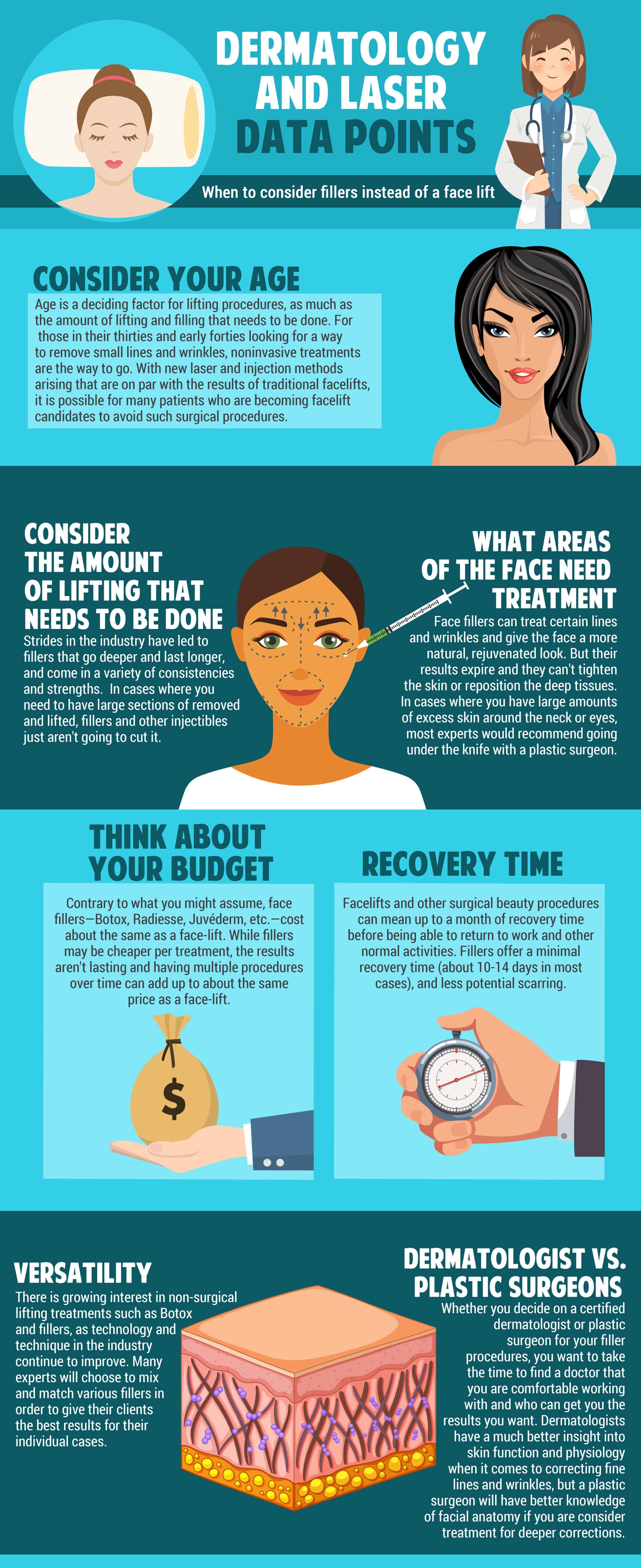The Clear-Cut FAQ On Refractive Lens Exchange: Key Insights You Should Comprehend
The Clear-Cut FAQ On Refractive Lens Exchange: Key Insights You Should Comprehend
Blog Article
Developed By-Valencia Lorentzen
If you're taking into consideration refractive lens exchange, you probably have a great deal of questions. This treatment can alter just how you see the globe, offering benefits like minimized dependence on glasses. Nonetheless, it's vital to recognize the process, threats, and that certifies as a good candidate. Allow's explore these vital elements so you can make an enlightened decision about whether RLE is right for you.
What Is Refractive Lens Exchange and Just How Does It Work?
Refractive lens exchange (RLE) is a surgery made to replace your eye's all-natural lens with a fabricated one, dealing with vision problems like nearsightedness, farsightedness, or presbyopia.
During the treatment, your specialist makes a tiny incision in the eye, removes your natural lens, and inserts an intraocular lens (IOL) customized to your vision requires. This outpatient surgical procedure normally takes about 15 to thirty minutes per eye and is performed under regional anesthetic.
You'll likely discover enhancements in your vision nearly quickly, though total recovery might take a couple of weeks. RLE is specifically valuable for those over 40 or with high prescriptions, offering a long-lasting service compared to glasses or contact lenses.
Your eye treatment professional can help determine if RLE is right for you.
What Are the Advantages and Threats of Refractive Lens Exchange?
Selecting refractive lens exchange can bring about substantial improvements in your vision, however it's important to consider both the advantages and threats prior to deciding.
On the bonus side, this procedure can boost your vision by dealing with problems like presbyopia, nearsightedness, and hyperopia. Numerous clients appreciate reduced dependence on glasses or contact lenses, which can substantially enhance their lifestyle.
Nevertheless, https://rentry.co/58wgvcyx to think about possible dangers. Complications can include infection, glare, or halos around lights.
There's also https://www.healio.com/ophthalmology/refractive-surgery/news/print/ocular-surgery-news/%7B6ae6acf7-bc4b-4ae3-9052-b811444e6f11%7D/monovision-lasik-refractive-lens-exchange-with-edof-iol-provide-comparable-outcomes of overcorrection or undercorrection, which might require additional procedures.
Who Is an Ideal Candidate for Refractive Lens Exchange?
If you're taking into consideration refractive lens exchange, it is necessary to recognize whether you fit the profile of an optimal candidate. Normally, you might be an excellent candidate if you're over 40, experience presbyopia, or have high degrees of nearsightedness or farsightedness.
It's likewise critical that your vision is stable, meaning your prescription hasn't transformed substantially in the past year. If you have cataracts or various other eye problems, you could benefit from this procedure as well.
Nonetheless, specific aspects, like unchecked diabetic issues or autoimmune conditions, can disqualify you. To determine your candidateship, talk to an eye treatment professional who can review your specific situation and advise the most effective strategy customized to your requirements.
Conclusion
In conclusion, refractive lens exchange can be a transformative option for improving your vision, especially if you're over 40 or have a high prescription. While the advantages are significant, it's important to weigh the dangers and seek advice from your eye treatment expert to determine if you're an ideal prospect. With the right details and assistance, you can make an informed choice and perhaps enjoy a life with lowered dependence on glasses.
